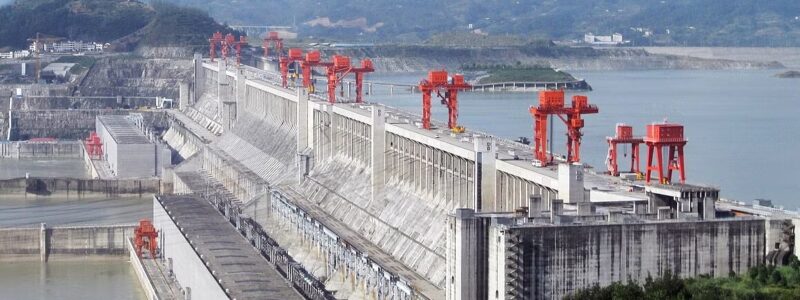
Chinese authorities last Saturday began construction of a giant hydropower plant on the Tibetan Plateau on the Yarlung Tsangpo River, Western media reported. The Yarlung Tsangpo River, one of South Asia’s largest waterways, also flows through India and Bangladesh and joins the Ganges River. It is called the Brahmaputra in India and the Jamuna in Bangladesh.
Li Qiang, Premier of the State Council of the People’s Republic of China, attended the project’s launching ceremony. The electricity generated by the hydropower plant is planned to be supplied outside the region; it should also meet local needs.
According to the calculations of the construction company Power China, the hydropower plant will be able to produce 300 billion kWh of electricity annually. The cost of the hydroelectric structure is estimated at $167.1 billion.
The media note that upon completion of construction, this facility may surpass the Three Gorges Dam Hydroelectric Power Plant on the Yangtze River in Hubei Province – the largest power plant in the world.
In January, Indian authorities said they had raised concerns with China about the project and urged Beijing to ensure there was no harm to people living downriver. New Delhi promised to protect Indian national interests. For its part, the Chinese Foreign Ministry said the hydropower plant would not adversely affect downstream regions. The ministry added that it would keep in touch with the countries through which the Yarlung Tsangpo also flows.